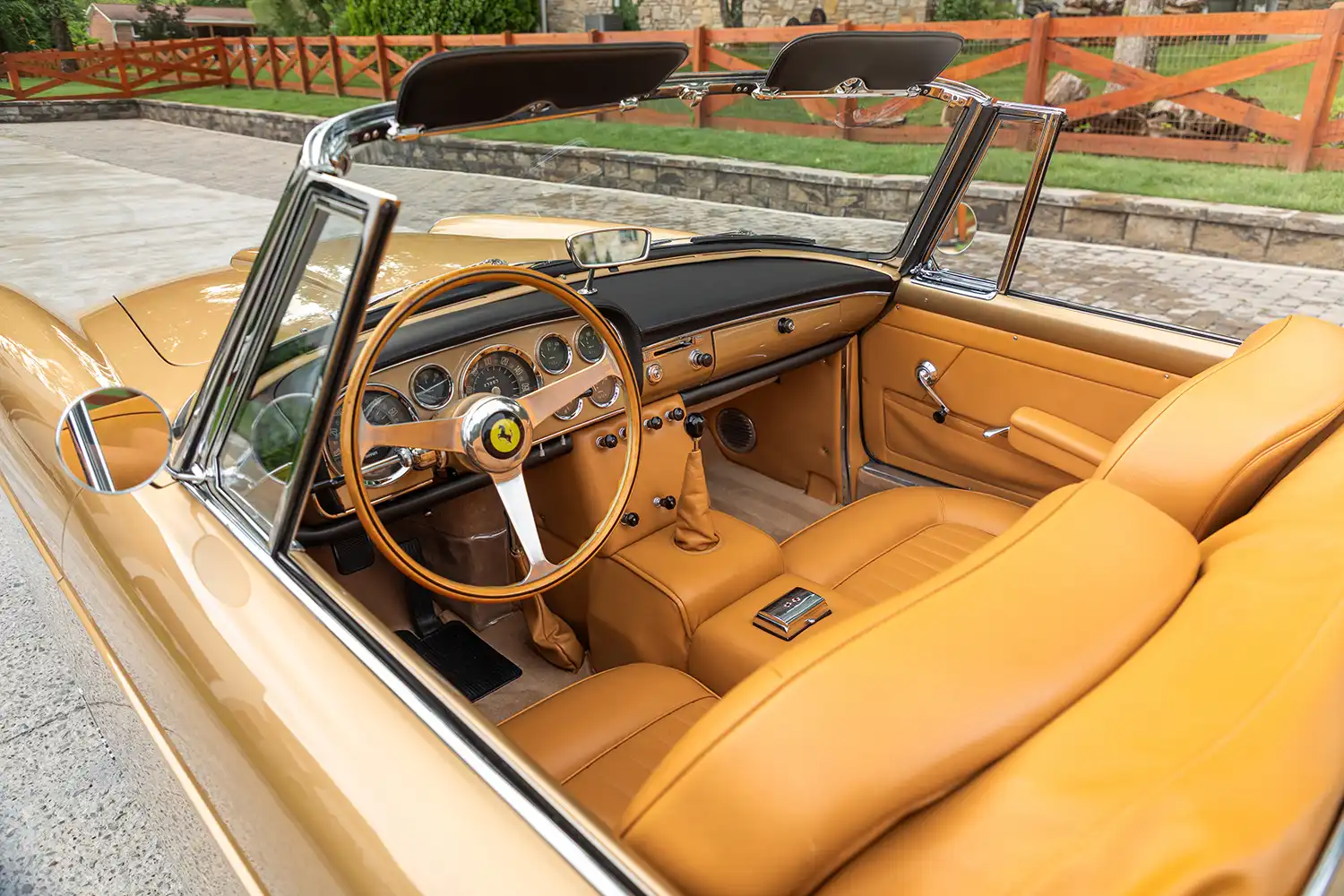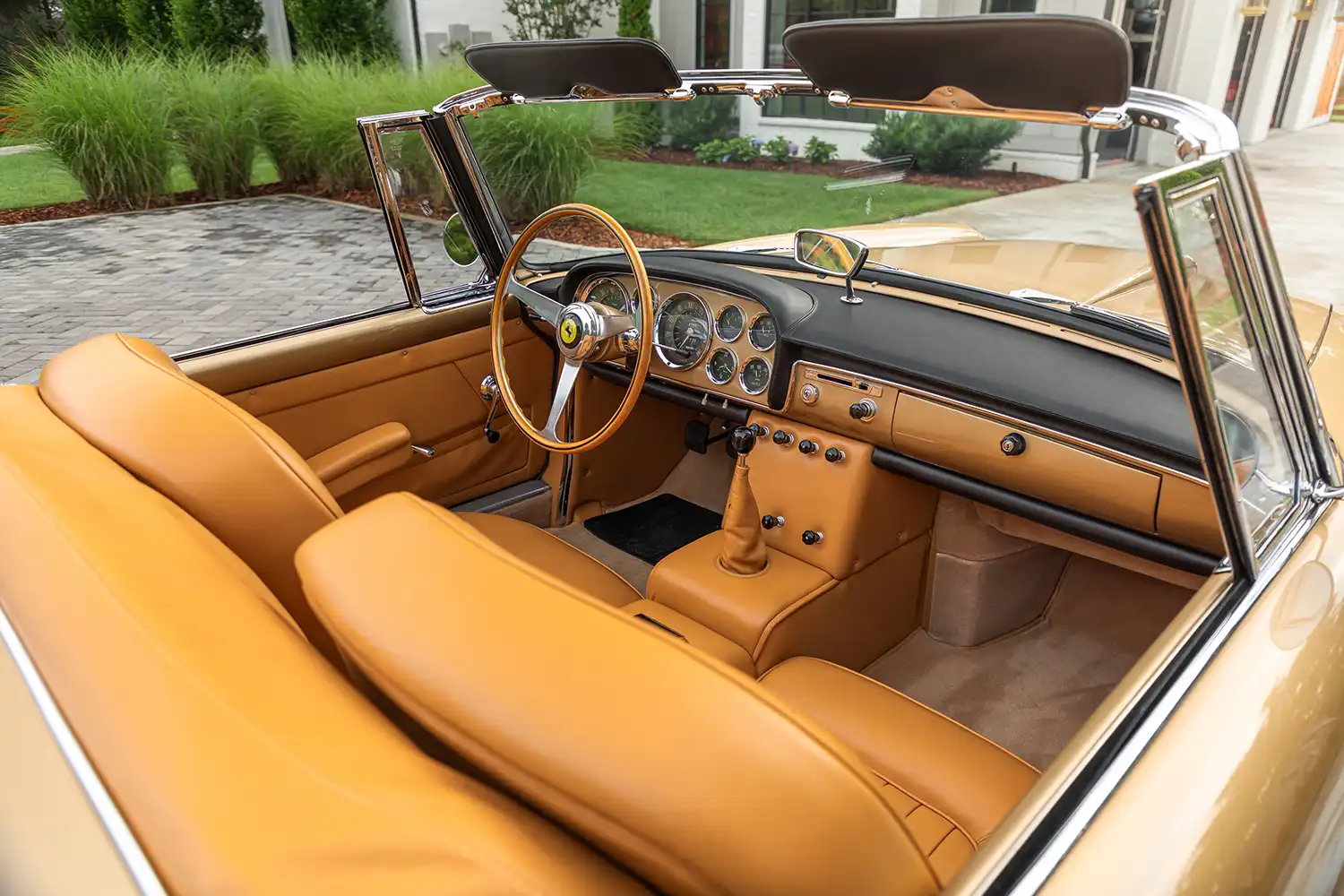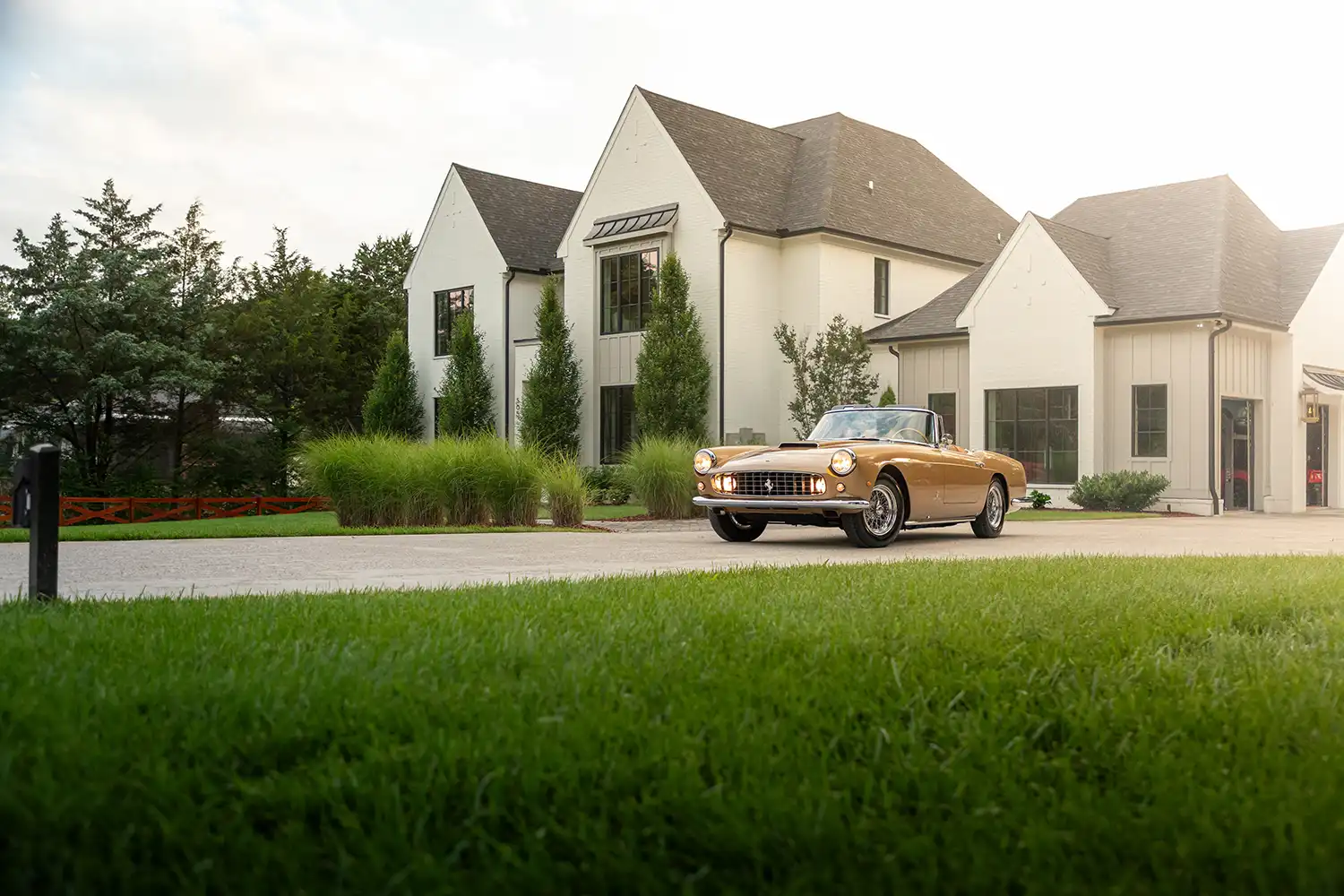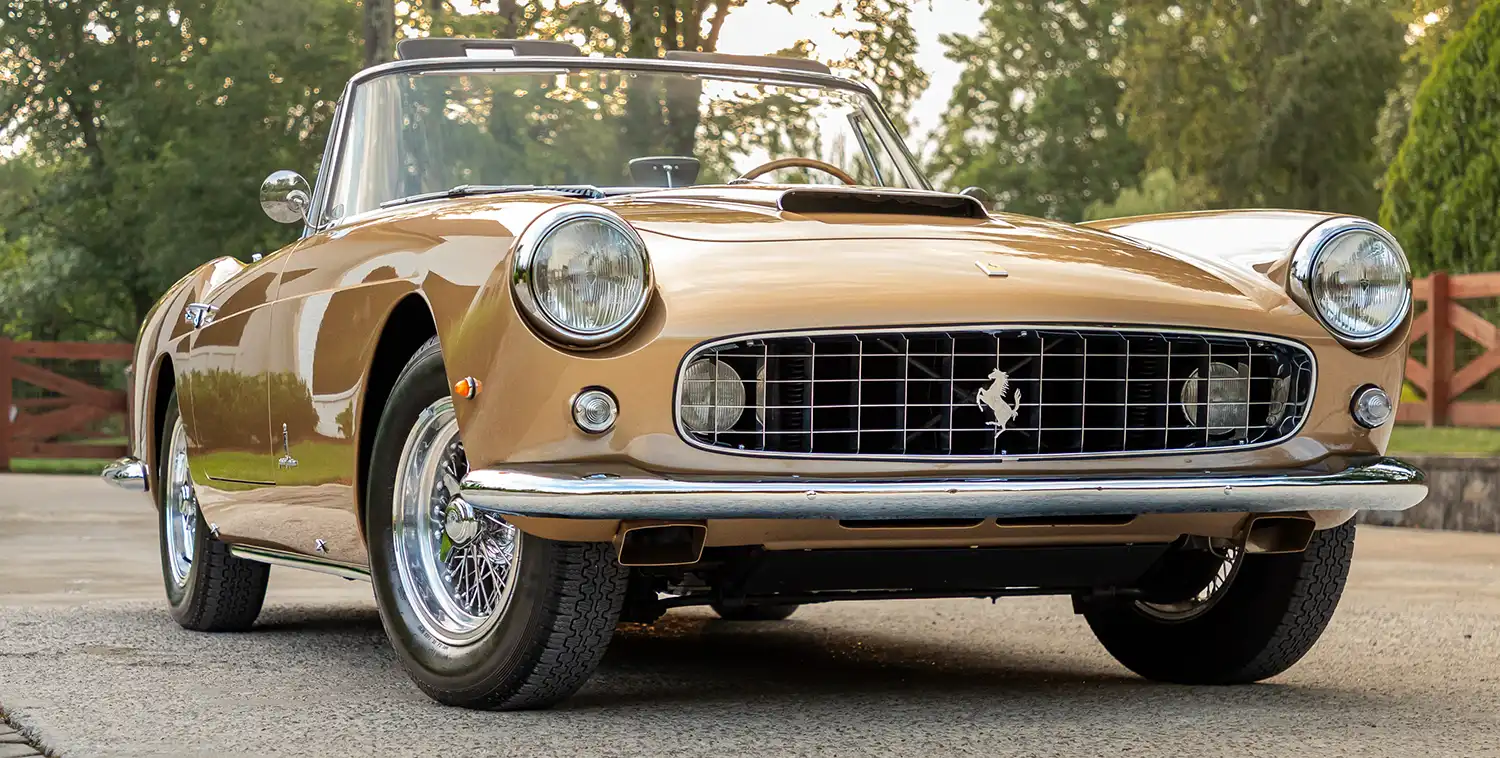
Imagine a car that is more than just a car. It is a piece of art. This beautiful 1962 Ferrari 250 GT Cabriolet Series II is a perfect example. It is the 157th of only 200 Series II cabriolets ever made. This car was delivered brand new to the US. It came via Luigi Chinetti Motors. This vehicle is a true classic.
Full details & bid : rmsothebys.com
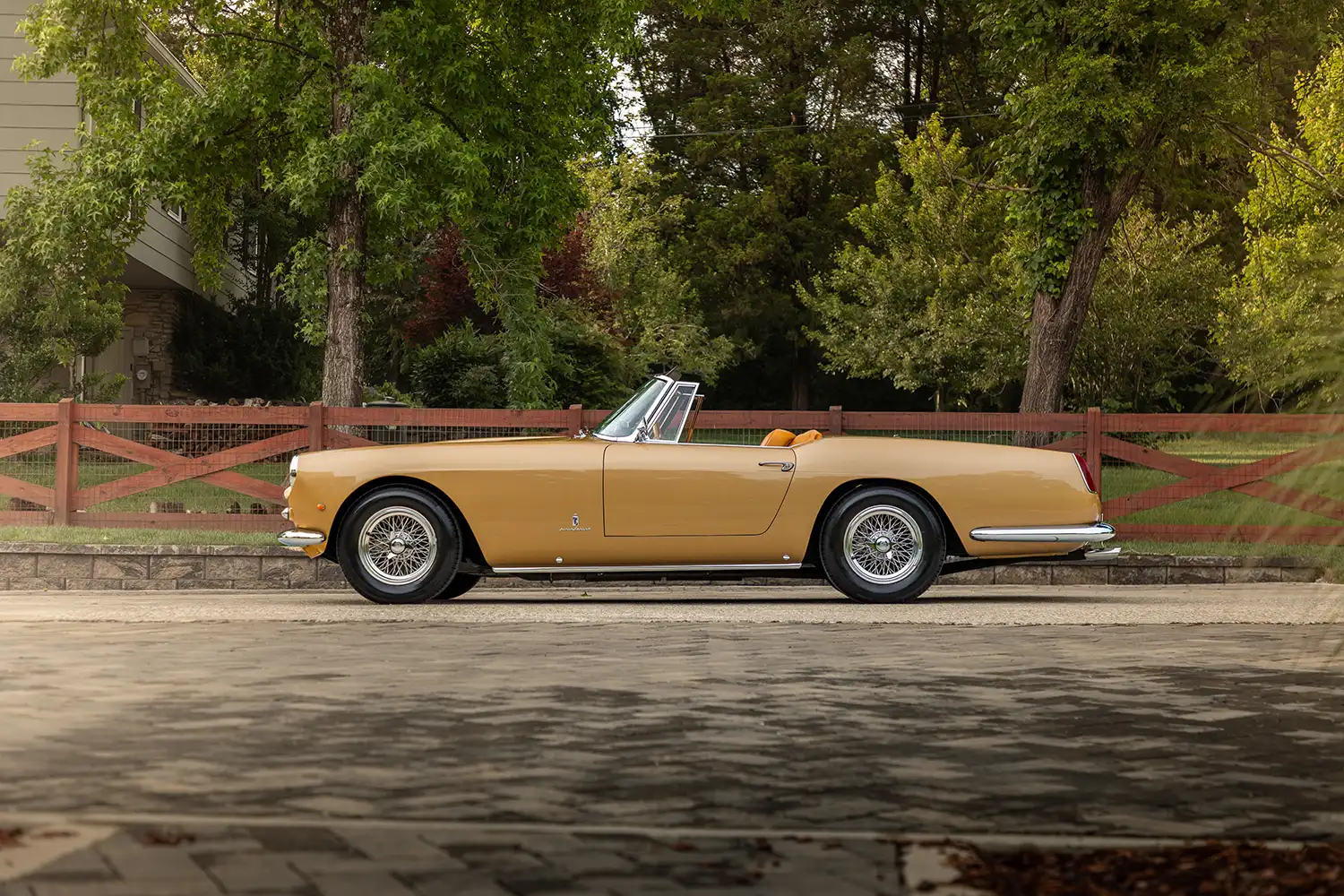
Ferrari’s Road Car Legacy
Enzo Ferrari always wanted to fund his racing dreams. Healthy road car sales were required. The Pininfarina-bodied 250 GT Coupe was a step. The Cabriolet was also part of this. These were more practical cars. They were built in larger numbers. Still, they were wonderful machines. Enthusiasts still treasure them today. The 250 GT Cabriolet became a classic instantly.
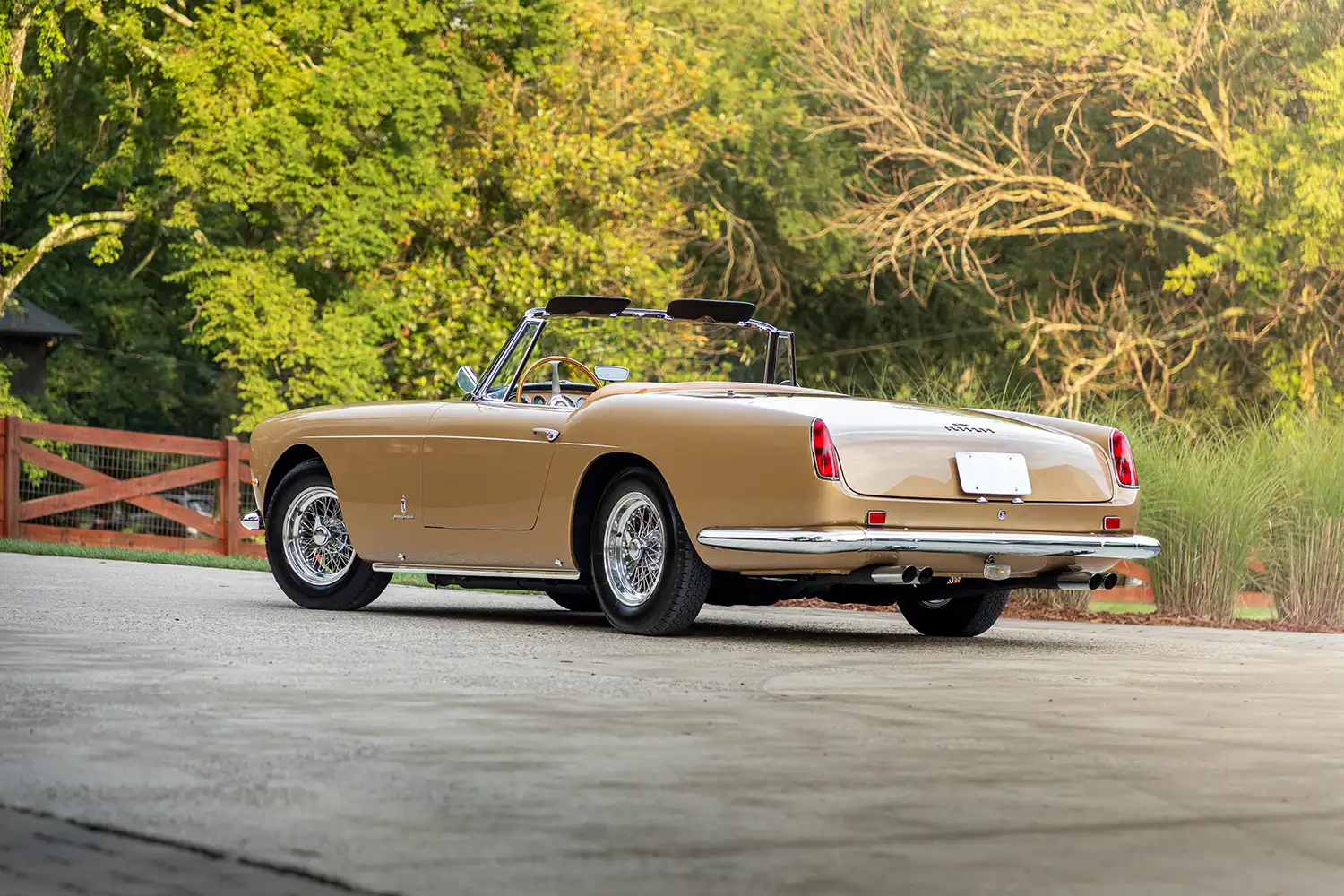
A Timeless Design by Pininfarina
Pininfarina’s bodywork is truly iconic. Its proportions are perfect. The clean lines never go out of style. This car had a well-trimmed cabin. It provided comfort for the driver. A V-12 engine was up front. It served a glorious soundtrack.
The Evolution to Series II
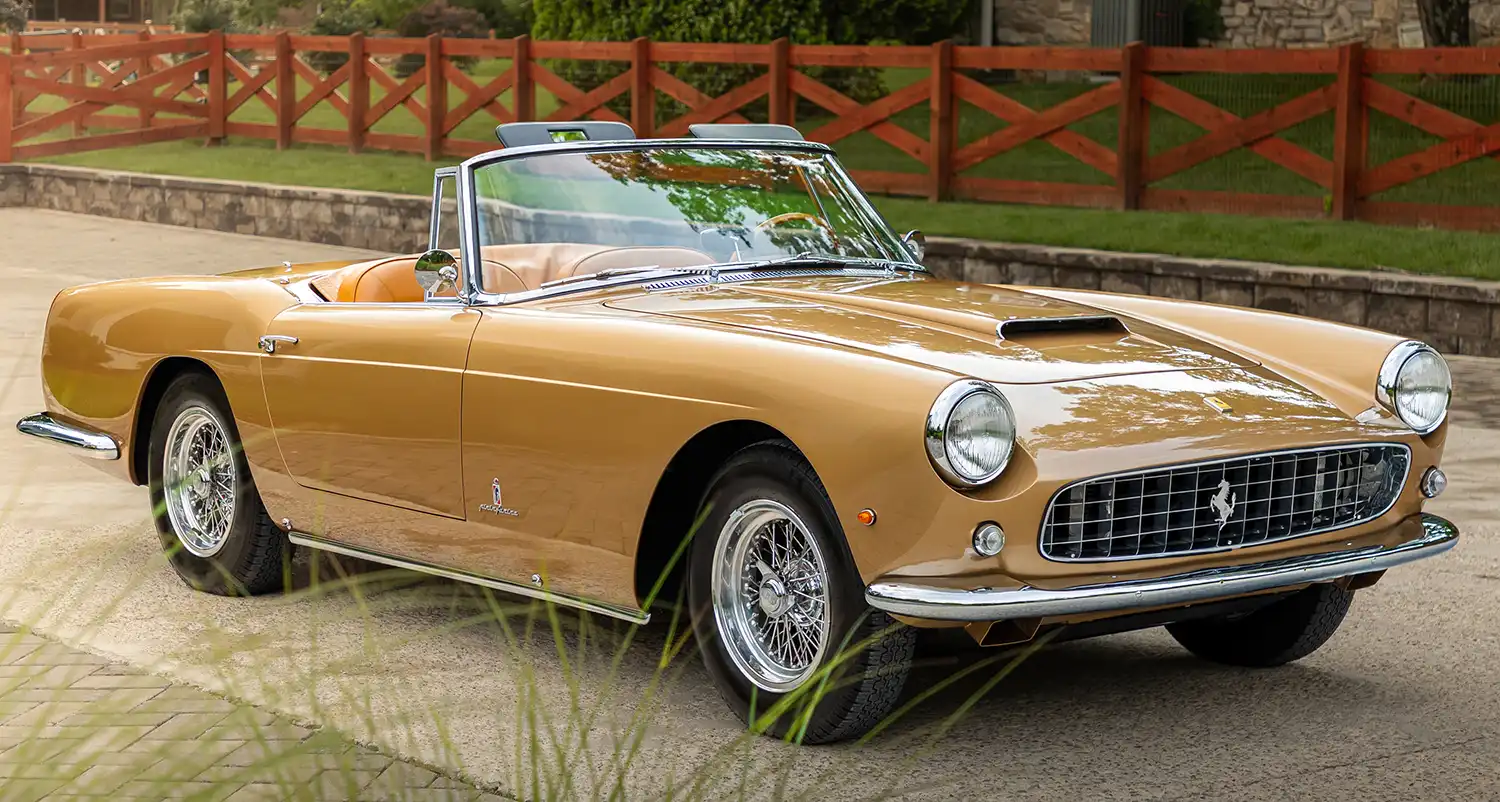
The first-series 250 GT Cabriolet came in 1957. It was built in limited quantities. The second-series cabriolet debuted later. It was at the 1959 Paris Motor Show. It had stylistic and mechanical updates. The cars featured open headlamps. The nose was slightly more rounded. Rear fenders had elongated tail-lamp lenses. More interior space was added. The trunk was also made larger.
Performance and Engine Specs
With the Series II, Ferrari improved the driving experience. All-wheel disc brakes were added. Ferrari installed its latest V-12 engine. It was designated type 128F. This Colombo V-12 engine had relocated spark plugs. They were on the outside of the V-12. Coil valve springs were substituted for hairpins. This new architecture was better. It allowed for more head studs. It had non-siamesed porting. The result was a better breathing engine. It offered improved torque. Reliability was also better. Mechanics were relieved.
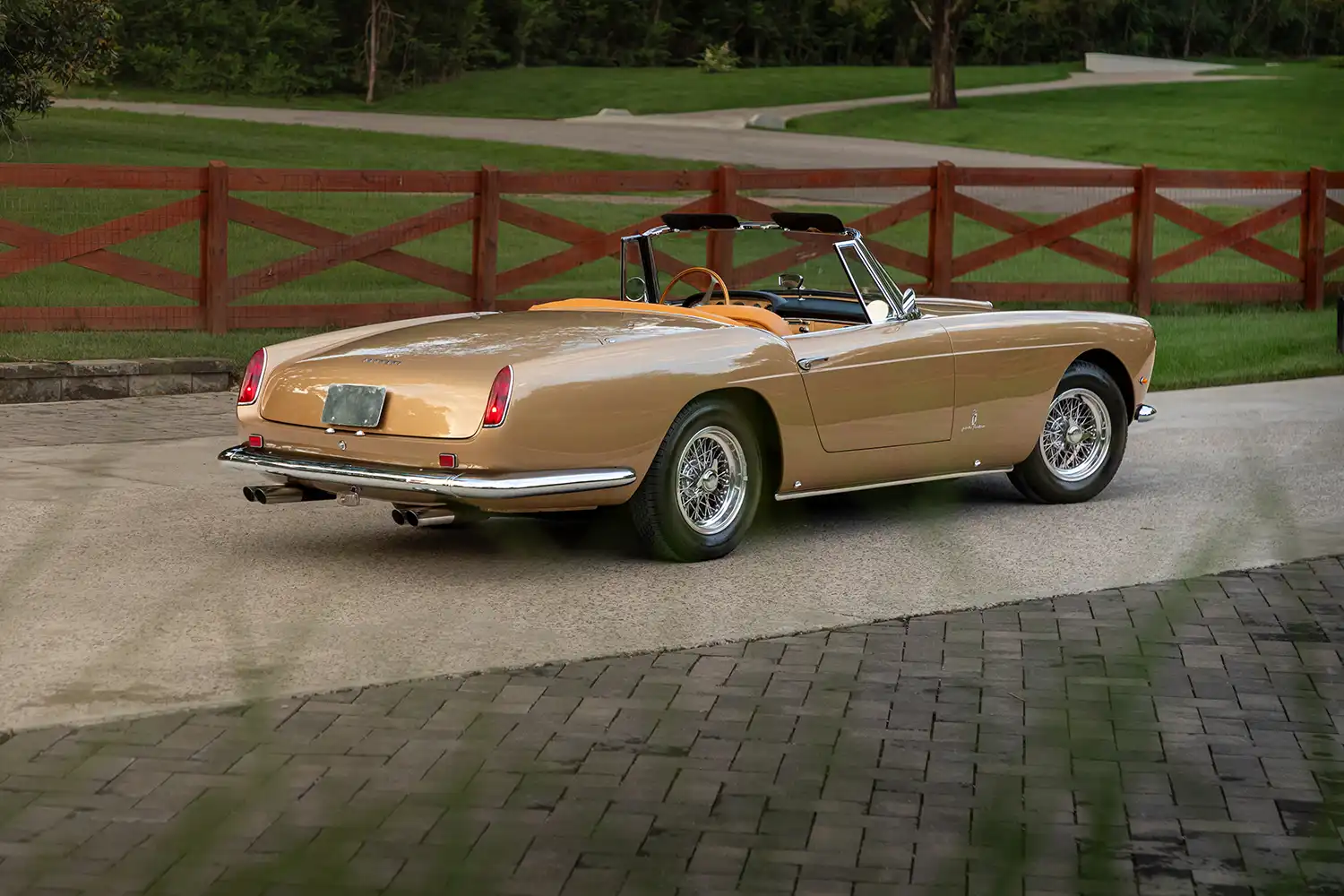
A Rare and Stunning Finish
This car is chassis number 3091 GT. It was finished on January 3, 1962. It was destined for the United States market. It was finished in Oro Longchamps. That translates to Longchamps Gold. The interior was Naturale Connolly leather. This is a very rare combination. Only four Series II cabriolets had this livery. It is also equipped with a factory hardtop. This adds to its rarity.
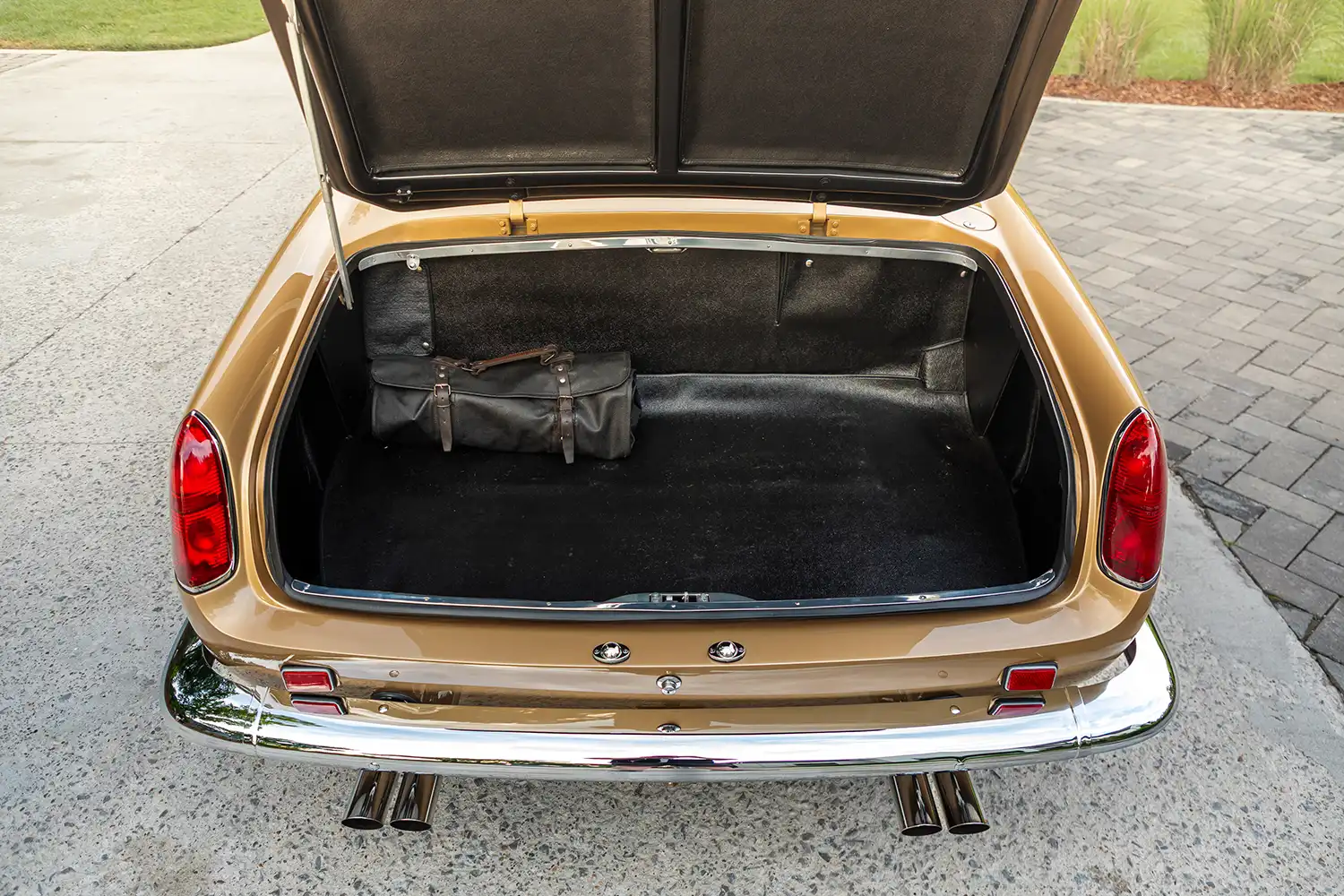
A Journey Through Time
The first owner was a Mr. Chalik. He got the car in 1962. It was via Luigi Chinetti Motors. Its history is unknown for a time. In 1985, it appeared for sale. It was in the Los Angeles Times. The car had been repainted red. Its interior was retrimmed in cream. It had 38,000 miles on it.
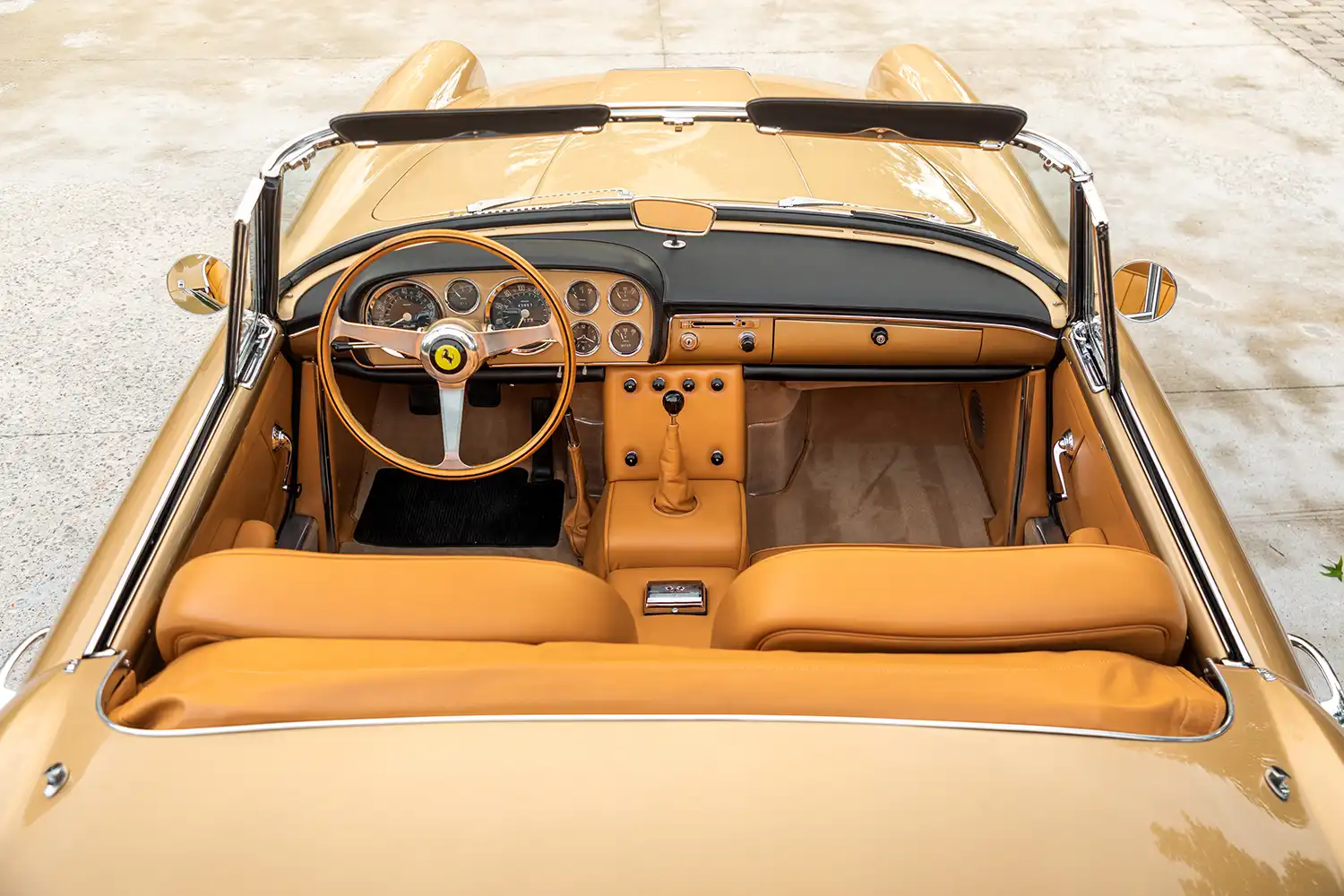
The Restoration That Brought It Back
In 1992, the car was cosmetically restored. It was restored in red. New tan leather was used. New Borrani wire wheels were added. The car was shown at a Concours. In 2016, a total restoration began. Danny Bell refinished the body. It was back to its original Oro Longchamps. Johann Merhoffer retrimmed the interior. The work finished in 2019. Paul Russell and Company rebuilt the engine. They also rebuilt the gearbox. They worked on the brake system.

Certified and Ready to Drive
The present owner acquired the car in 2022. He brought it to an even higher standard. Prancing Horse of Nashville worked on it. They did over $61,000 in service. Gaskets were replaced. They serviced the electrical system. The convertible top was adjusted. Cosmetic improvements were made. This car has a factory hardtop. It has tools and a jack. It is now Ferrari Classiche certified. The accompanying Red Book confirms it. It retains its numbers-matching engine. It also has its gearbox. The rear axle is also matching.
The 1962 Ferrari 250 GT Cabriolet Series II is a truly elegant car. It is a joy on long coastal roads. It is also great on winding hillside roads. Chassis 3091 GT is wearing its rare colors. It is certified by Ferrari Classiche. A new owner can experience this landmark car.
Disclaimer: This information is provided for informational purposes only and is subject to change.
